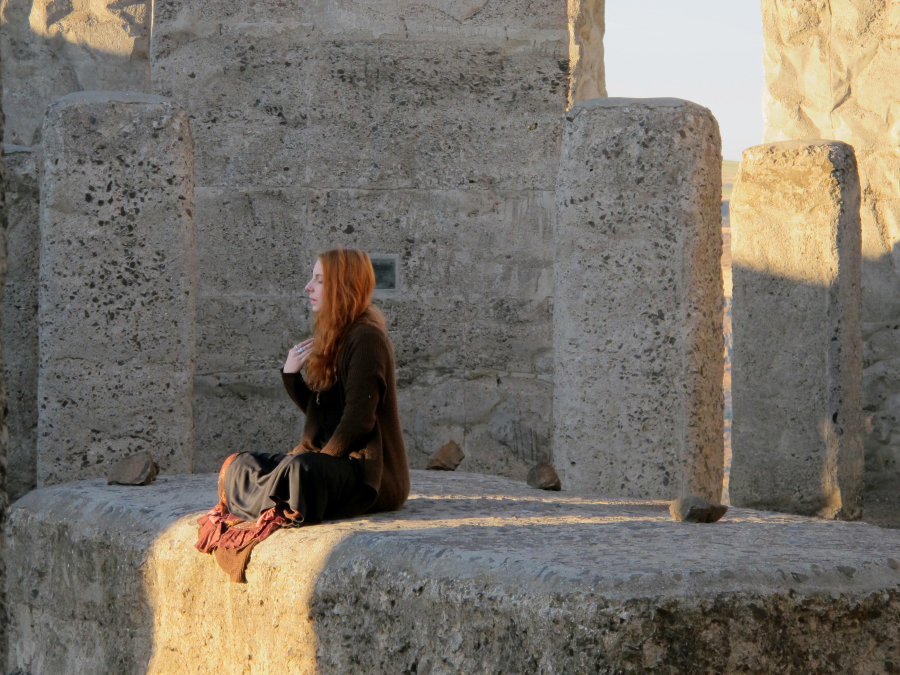The majestically strange Stonehenge Memorial that stands on a bluff above the Columbia River Gorge, an iconic local replica of England’s ancient original, has been added to the National Register of Historic Places.
The monument is the century-old brainchild of businessman, philanthropist, world traveler and road builder Samuel Hill (1857-1931). Hill’s near-identical recreation of the mysterious English circle of stones was built between 1918 and 1929 as a memorial to Klickitat County men who died in World War I.
While Hill supported the Allied cause, he was also a Quaker pacifist who saw his Stonehenge replica as a way to protest the “incredible folly” of war as well as to honor the lives of lost soldiers. That’s according to Wednesday’s announcement from the nearby Maryhill Museum of Art, which owns the memorial property.
The Stonehenge Memorial is free and open daily to visitors from dawn to dusk, off state Highway 14 near Maryhill State Park and Highway 97.




